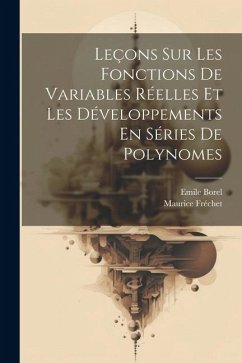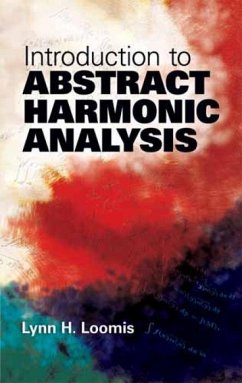
TraitÃ(c) ÉlÃ(c)mentaire Des SÃ(c)ries

PAYBACK Punkte
9 °P sammeln!
TraitÃ(c) ÃlÃ(c)mentaire Des SÃ(c)ries by Eugène Catalan, originally published in 1860, offers a comprehensive exploration of series, a foundational topic in mathematical analysis and calculus. This treatise provides a detailed examination of the properties, convergence, and applications of various types of series. Catalanâ(TM)s work reflects the mathematical rigor and methods of the 19th century, making it a valuable resource for understanding the historical development of mathematical thought. The book is suitable for students, researchers, and anyone interested in the history of mathe...
TraitÃ(c) ÃlÃ(c)mentaire Des SÃ(c)ries by Eugène Catalan, originally published in 1860, offers a comprehensive exploration of series, a foundational topic in mathematical analysis and calculus. This treatise provides a detailed examination of the properties, convergence, and applications of various types of series. Catalanâ(TM)s work reflects the mathematical rigor and methods of the 19th century, making it a valuable resource for understanding the historical development of mathematical thought. The book is suitable for students, researchers, and anyone interested in the history of mathematics or seeking a deep understanding of series. Its detailed explanations and systematic approach make it an enduring contribution to mathematical literature. This work has been selected by scholars as being culturally important, and is part of the knowledge base of civilization as we know it. This work was reproduced from the original artifact, and remains as true to the original work as possible. Therefore, you will see the original copyright references, library stamps (as most of these works have been housed in our most important libraries around the world), and other notations in the work. This work is in the public domain in the United States of America, and possibly other nations. Within the United States, you may freely copy and distribute this work, as no entity (individual or corporate) has a copyright on the body of the work. As a reproduction of a historical artifact, this work may contain missing or blurred pages, poor pictures, errant marks, etc. Scholars believe, and we concur, that this work is important enough to be preserved, reproduced, and made generally available to the public. We appreciate your support of the preservation process, and thank you for being an important part of keeping this knowledge alive and relevant.












